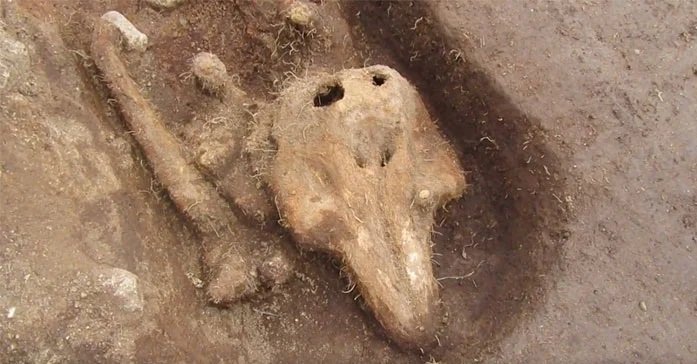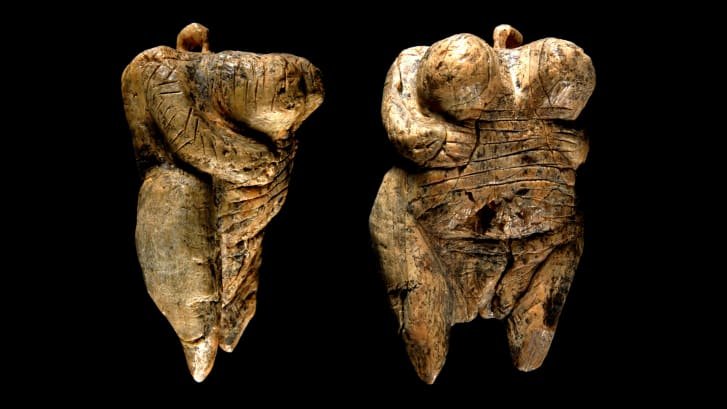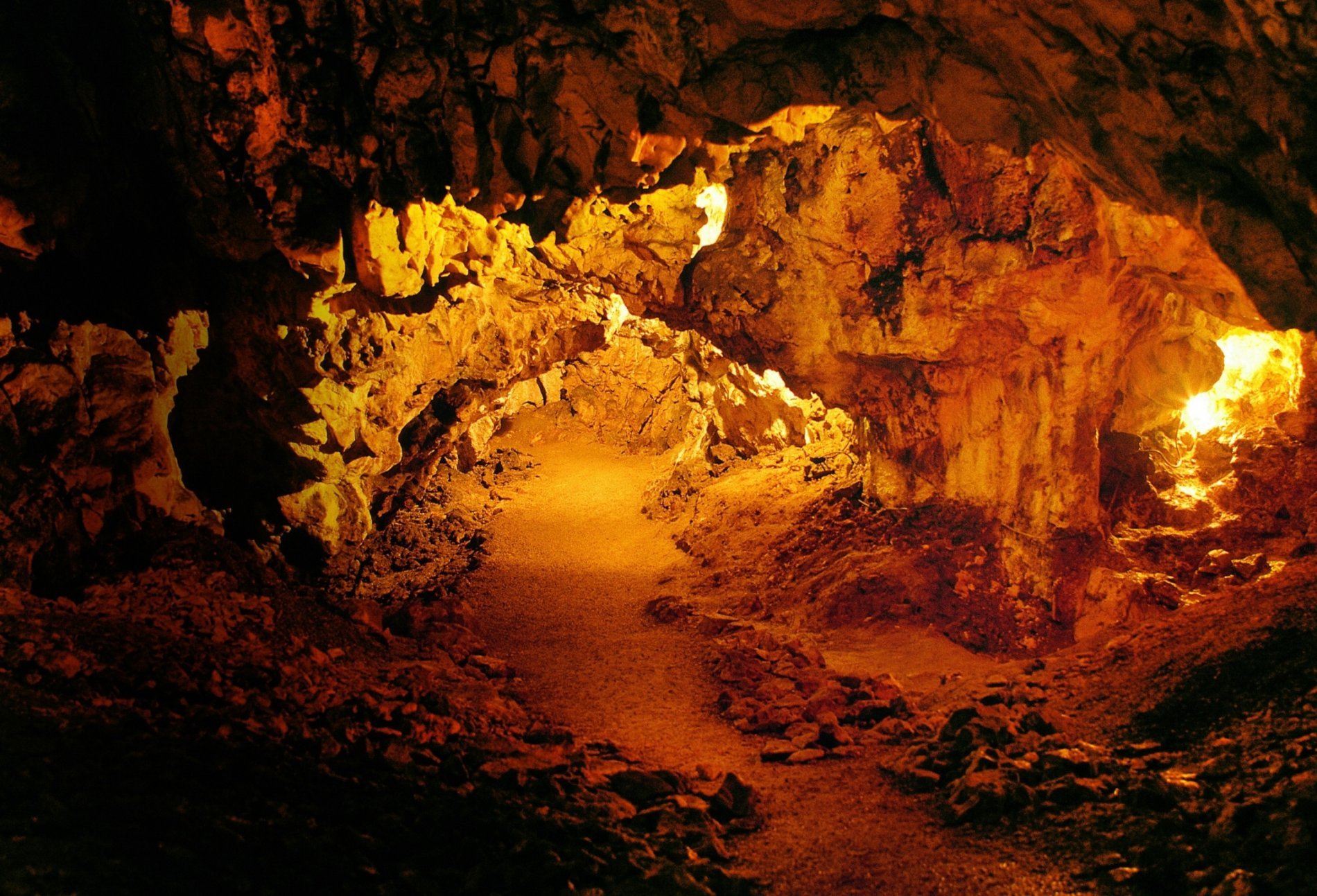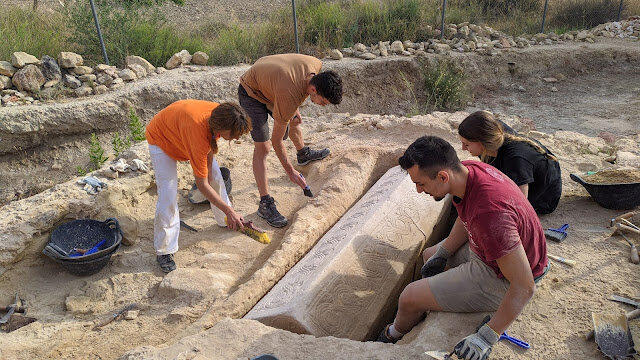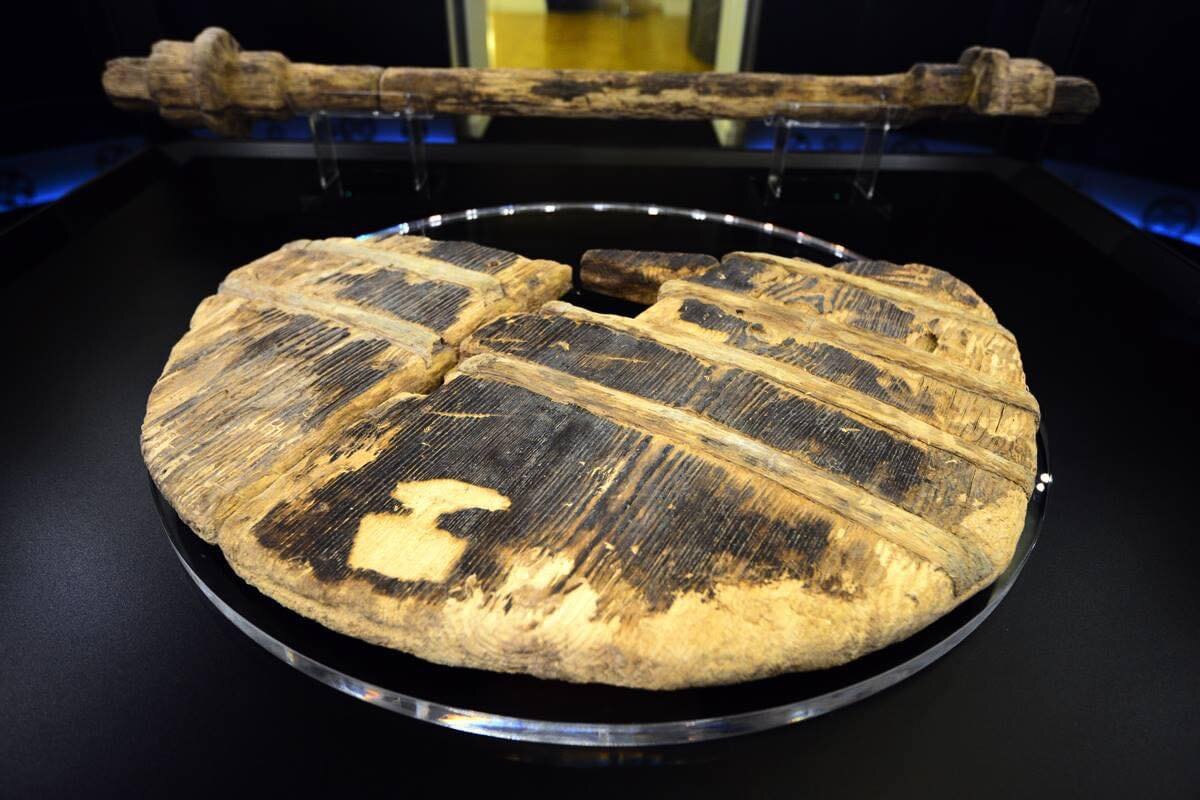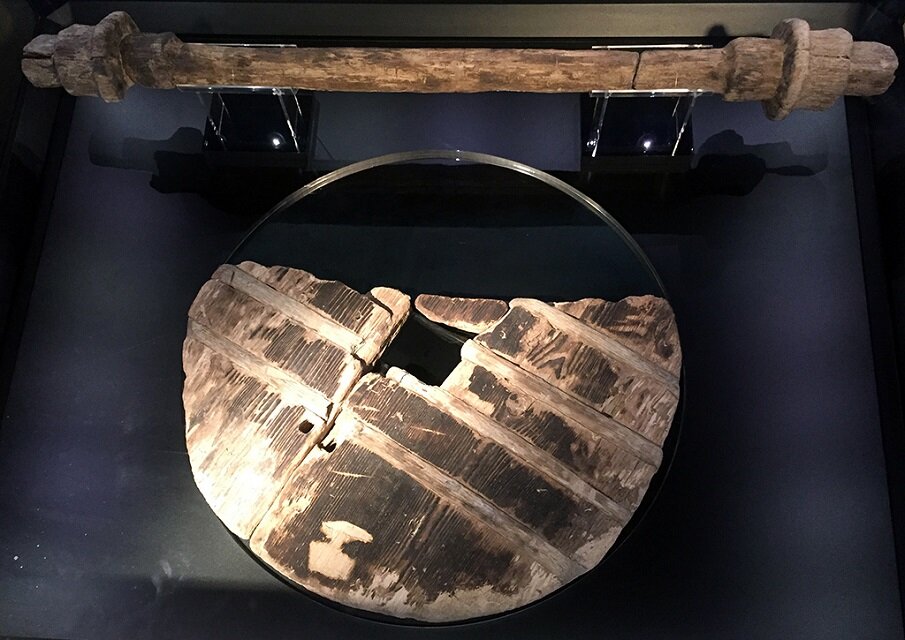DNA taken from the bones and teeth of 35 individuals found in tombs in the Cotswolds showed that 27 of them were close biological relatives that had lived in Neolithic times.
By Rachel Russell, news reporter
An image showing what the tombs may have looked like. Pic: Cotswold District Council
The world's oldest family tree has been discovered after DNA analysis from a 5,700-year-old tomb in the Cotswolds.
Archaeologists made the landmark discovery into how prehistoric families were structured after a group of 35 people, believed to have lived 3700-3600BC, were found entombed in a cairn near the village of Hazleton.
An international team made of archaeologists from Newcastle University and geneticists from the University of the Basque Country, University of Vienna and Harvard University, found that most of the people buried there were from five generations of a single extended family.
Lead archaeologist of the study, Chris Fowler of Newcastle University, said "one extraordinary finding" in the tombs was that two separated chambers were used to place remains from one of two branches of the same family, including step-children.
Dr Fowler said: "This study gives us an unprecedented insight into kinship in a Neolithic community."
The tombs could hold five generations of one single extended family. Pic: Newcastle University
Inigo Olalde of the University of the Basque Country and Ikerbasque, the lead geneticist for the study, added: "The excellent DNA preservation at the tomb and the use of the latest technologies in ancient DNA recovery and analysis allowed us to uncover the oldest family tree ever reconstructed and analyse it to understand something profound about the social structure of these ancient groups."
The team found that most of the people buried in the tomb were descended from four women who had all had children with the same man.
Men were known to be generally buried with their father and brothers, so this suggested that later generations who were buried at the tomb were connected to the first generation entirely through male relatives.
The team also found no evidence that another eight people in the tomb were biological relatives of those in the family tree, which could suggest individuals could still be buried in the tomb without biological relatedness too.







